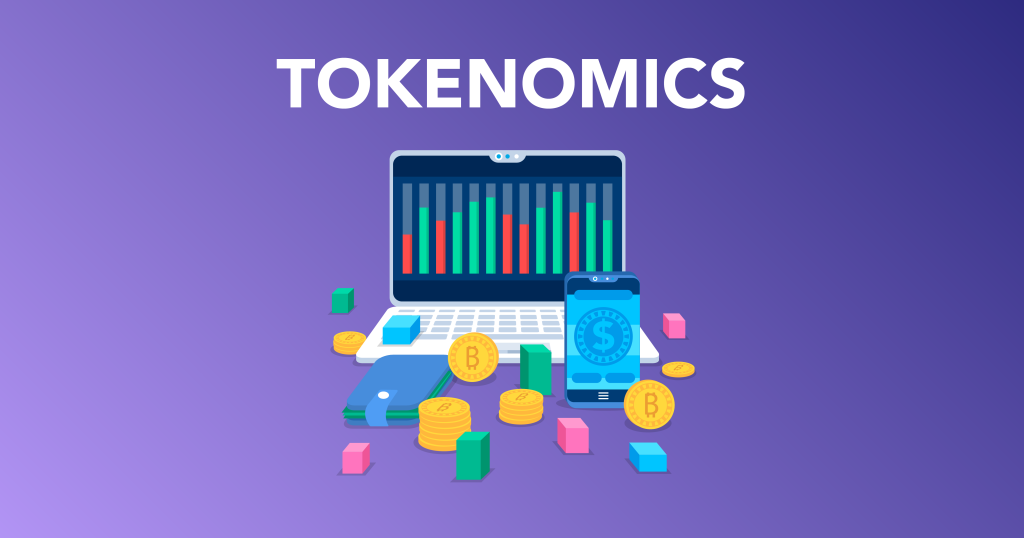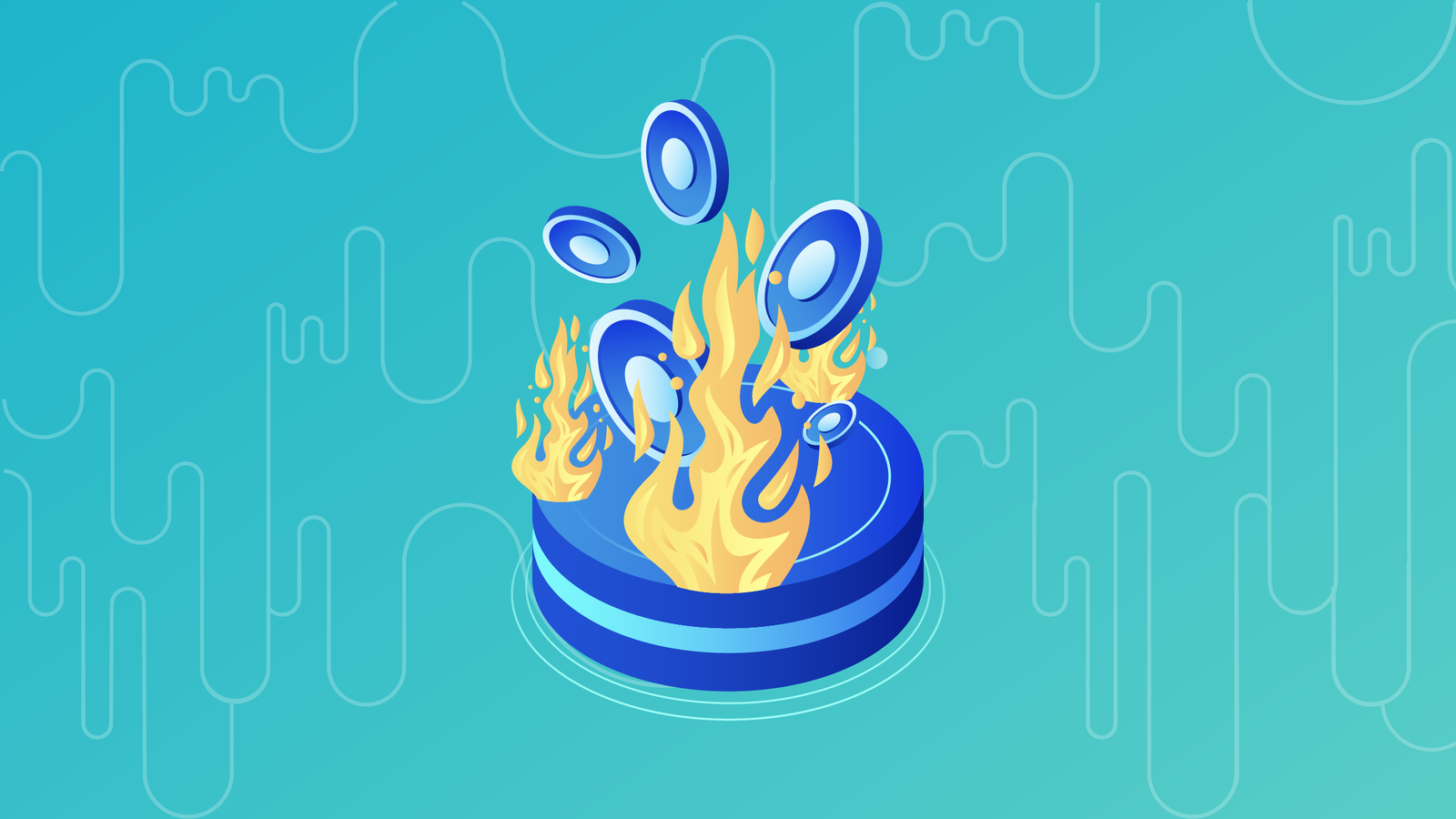
Nasdaq Plans to Launch Crypto Custody Service by the End of Q2
2023-03-25
Venezuelan Authorities Close Cryptocurrency Exchanges and Mining Farms
2023-03-27The Ultimate Guide to Crypto Tokenomics

Table of Contents
Investing in cryptocurrencies is a delicate action that needs proper understanding so you don’t invest in worthless cryptocurrencies due to hype. For you to separate bad crypto projects from good ones, you must be able to understand factors affecting token prices and supply.
These factors that affect the price and value of cryptocurrencies are known as “tokenomics.” In this article, you will learn the meaning of tokenomics, factors affecting tokenomics, and how to access tokenomics before investing.
What is Crypto Tokenomics?

Source: Chain Debrief
Cryptotokenomics is a collective term used to describe the economics or factors affecting the price and value of a cryptocurrency. Some factors that affect the price and value of cryptocurrencies are supply and demand, token supply, and mining and staking, among other things.
Cryptotokenomics is very important as it contributes to the success or failure of any cryptocurrency. If the tokenomics of any cryptocurrency are well-designed and positive, it increases the chances of investors pushing funds into the crypto project. Crypto projects with good tokenomics are more likely to last longer than those with negative tokenomics.
The Main Variables that Affect Tokenomics
Token Burns
Many networks and protocols burn some of their cryptocurrencies to reduce the number of circulating tokens. In most cases, the major reason the token developers burn them is to stop inflation by reducing the number of currently existing tokens.
When cryptocurrency developers decide to burn some of the tokens, it reduces the number of tokens in circulation, leading to scarcity. Due to scarcity, the law of supply and demand makes the token increase in price. A good example is Stellar, which destroyed about 50% of the total supply of XLM tokens in 2019.

What is a Token Burn? How Crypto is Removed From Circulation. Source: Decrypt
Mining and Staking
Base layer blockchains such as Ethereum 1.0, Bitcoin, and Bitcoin Cash use mining to reward users that use decentralised computers to add new blocks to the network. These users add new blocks to the network by verifying transactions. As a reward, they can mine some tokens as rewards after validating new blocks. These types of networks are known as “proof of work” (PoW) blockchains.
Apart from mining, another variable that affects the tokenomics of a cryptocurrency is staking, which is quite the opposite of mining. Staking occurs when you lock some part of a cryptocurrency in a network for a stipulated period and then get rewarded. Networks that operate this way are known as “proof of stake” (PoS) networks and are considered energy efficient.
Yields/incentives
Yields are closely associated with any network operating as decentralised finance, which is a very important tokenomics feature. You can earn additional tokens with yields by lending your funds for smart contract transactions.
This is how yield farming works. You lend your funds (cryptocurrencies) to anyone who needs instant loans through smart contracts. These loans come with interest, so you earn additional income when they repay the loan.
Token Supply
Several metrics come into play whenever you are examining a token’s supply. For any cryptocurrency, including Bitcoin, there are two types of supply. Maximum and circulating supply are the two major supplies of a token, and each means different things.
Maximum Supply
Maximum supply is the maximum number of tokens that will exist throughout the cryptocurrency’s lifetime. This means it will not exceed that number of tokens throughout the cryptocurrency’s lifetime. For instance, Bitcoin has a maximum number of 21 million tokens that will ever exist in its lifetime.
However, some cryptocurrencies don’t have a maximum supply; which means they will continue increasing in value forever. A good example of an altcoin that doesn’t have a maximum supply is Ethereum, Dogecoin, and Polkadot. Also, stablecoins don’t have a maximum supply because their developers issue them based on the reserve backing them. Some examples of stablecoins that operate in this manner are USDT and USD coin (USDC).

Source: Cointelegraph
Circulating Supply
The circulating supply of a cryptocurrency is the number of cryptocurrencies currently in existence. It is the number of publicly available tokens for investors/traders to buy and sell.
BingX is a top crypto exchange where you can trade crypto easily and get information about each crypto’s circulating supply and tokenomics information.
Token Distribution
If you are investing in any cryptocurrency, looking at the token distribution can give you an idea of whether the token is a scam. It also gives you an idea of the longevity of the token you are about to buy and its chance of making a profit.
Tokens can be distributed in two ways: a fair launch open to everyone or a pre-mine launch. With a fair launch, there’s no early access or private allocations before the token gets distributed to the public. However, a pre-mining launch allows a certain or selected group of persons to mine the tokens before they get distributed to the public.
Paying attention to a token’s distribution will save you from many losses; any token with a large organisation holding a large percentage of it is risky to invest in. For instance, if an organisation is holding about 40% of an entire token, it is very risky as a sale could lead to a crash in price.
Importance of Reviewing Tokenomics before Investing
If you are an investor who wants to minimise how much you lose in the crypto market, examining tokenomics before investing is key. Examining the tokenomics of a cryptocurrency will allow you to review many things concerning the token.
Not only will it help you discover its sustainability, but it will also raise questions that you must answer before investing in any cryptocurrency. These questions include, “Who are the developers behind the token? What is the token’s supply and distribution? How and when will the token be burned or deleted in the future? Does it give incentives through mining or staking?”
Answering these questions gives you more ideas about the crypto you want to invest in and can help you make a better decision.
How To Calculate Tokenomics?
There’s no magic formula for calculating the tokenomics of a cryptocurrency. Instead, certain metrics within a crypto-tokenomics system must be calculated, such as market capitalisation, to give a better understanding of tokenomics.
To calculate the market capitalisation of a cryptocurrency, the formula is = current market price X circulating supply.
Way Forward
As you now know, tokenomics is very important. Putting it into consideration helps guide your evaluation of a cryptocurrency before investing. Tokenomics is a collective term that describes the entire economy of a cryptocurrency, and It can be positive or negative.
Join our BingX Community to earn and learn more about crypto, trading and the latest news!
Facebook: https://www.facebook.com/BingXOfficial/
Instagram: https://www.instagram.com/bingxofficial/?hl=en
Twitter: https://twitter.com/BingXOfficial
Telegram: https://t.me/BingXOfficial
Disclaimer: BingX does not endorse and is not responsible for or liable for any content, accuracy, quality, advertising, products, or other materials on this page. Readers should do their own research before taking any actions related to the company. BingX is not responsible, directly or indirectly, for any damage or loss caused or alleged to be caused by or in connection with the use of or reliance on any content, goods, or services mentioned in the article.
